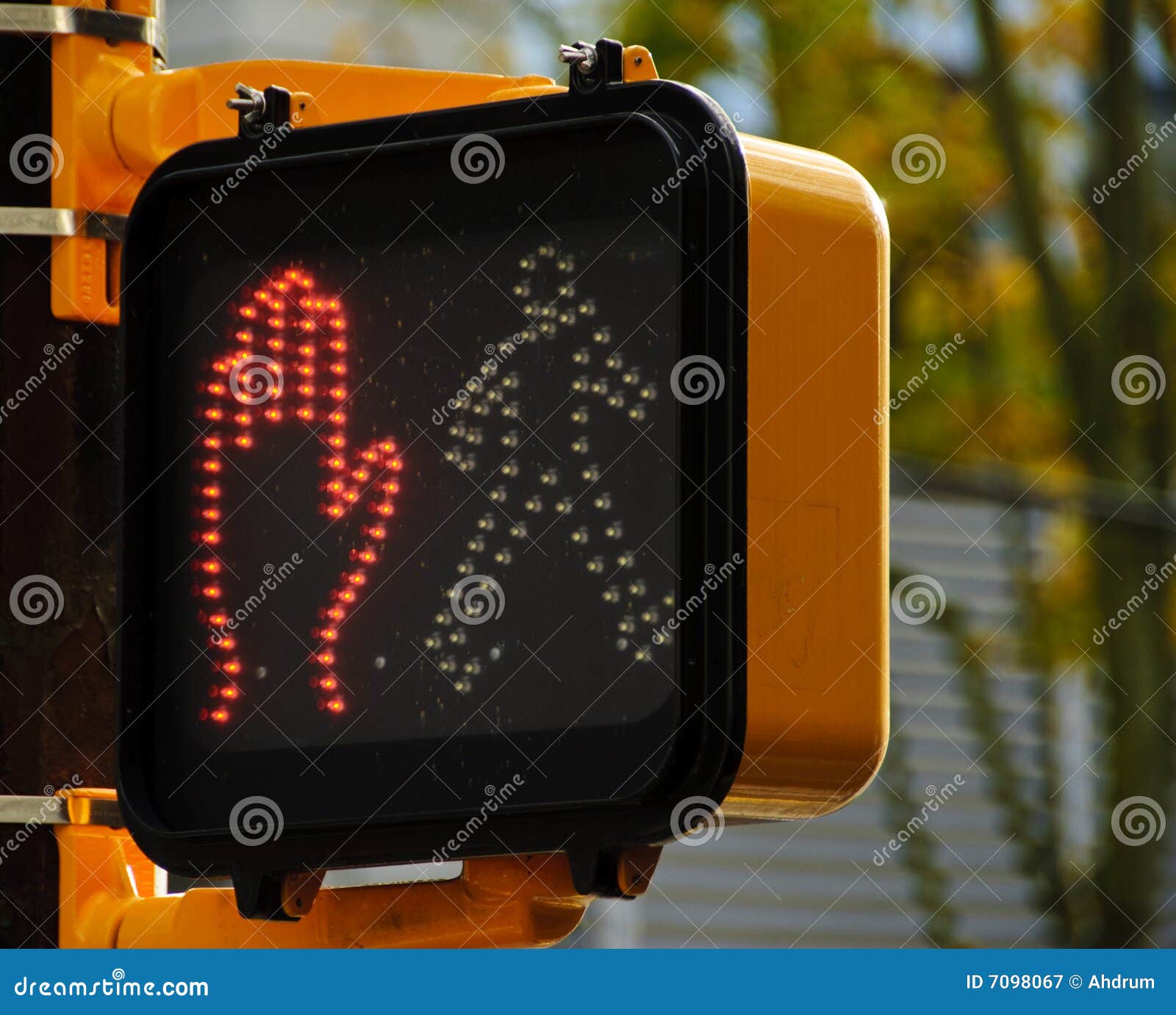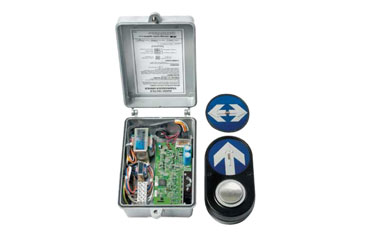

Here, we’ll just focus on the most recurrent and used ones in large cities. In the United States, there are a lot of different accessible pedestrian signals systems.
#The pedestrian audio how to#
How do they work exactly? How to install them? When are accessible pedestrian signals necessary? What about complex crossroads? In this guide, you’ll find out what you can do for your APS to be fully compliant. Obviously, accessible pedestrian signals need to meet requirements as stated by the ADA. Thanks to them, they can get around with autonomy and safety. The history of traffic lights and accessible pedestrian signalsĪccessible pedestrian signals across the worldĪccessible pedestrian signals revolutionized the mobility of blind and visually impaired people. Other innovative features for accessible pedestrian signals How to guarantee the safety of blind and visually impaired pedestrians after the removal of traffic lights? How can blind and visually impaired pedestrians know which crossings are equipped with APS?Īccessible pedestrian signals turn into assets for the smart city Why should you work with blind and visually impaired users? How to plan the maintenance of your accessible pedestrian signals? How to install accessible pedestrian signals? How much does the installation of audible traffic signals cost? What laws and regulations do you need to follow regarding APS? When should you implement accessible pedestrian signals at your crossings? Why are pedestrian crosswalk signals important to drivers? How do audible traffic signals work exactly? A range of improvements on the concept has been proposed.Why do cities have accessible pedestrian signals? The blind participants saw potential in this technology and how it could be used in providing directional information. This was done to see how the prototype was received by visually impaired test users and what can be done to improve the concept in later development.Įven though the prototype suffered from technical instabilities during the field tests, the general responses were positive. Interviews were done to get background information on navigation for visually impaired pedestrians. One route was navigated with the help of the prototype.
#The pedestrian audio code#
The source code of this prototype is made available to the community.įield tests of the prototype were done with three participants and one pilot tester that were visually impaired. Spatial audio was accomplished through the use of prefiltered audio tracks that represented a 360° horizontal circle around the user.

Real-time directional guidance was achieved through the use of GPS, compass sensor and gyroscope sensor. The Sound Guide prototype application was developed for the Apple iPhone and offered route guidance through the spatial position of audio icons. Custom made hardware is not always needed, as today’s smartphones offer a powerful platform for specialized applications. Such aids have the potential to give visually impaired access to the environment and independence of movement. The horizontal front arc is presented as the optimum area for sound localization, and the use of head- or body-tracking is stated to be highly beneficial.īlind and visually impaired pedestrians may use auditory displays on mobile devices as navigation aids. These guidelines are inferred from psychoacoustical theory, design theory and experience with prototype development. In this work, there is proposed a set of interaction design guidelines for the use of spatial audio displays in a mobile context.

The spatial attribute of sound can be used to produce richer and more effective auditory displays. Spatial audio reproduces these cues to produce virtual sound source position by headphones. Human perception can localize the position of sound sources due to psychoacoustical cues. We believe spatial audio can change that. AbstractAuditory displays are slower than graphical user interfaces.


 0 kommentar(er)
0 kommentar(er)
